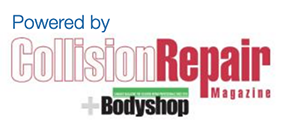- The frame is like the skeleton of a vehicle, everything else is built around it
- Most modern vehicles use a unibody construction
- Others may have a “body-on-frame” design
- The basic structure of the vehicle must be in good repair for the vehicle to be safe to drive
- The frame helps direct the force of a collision around the passengers. If the frame is damaged, it may not be able to do that
Most vehicles manufactured since 1980 use a frame design known as unitized body construction, or unibody. The exception is that some larger trucks and SUV’s use a “body-on-frame” design. Both have their advantages and disadvantages, but both of these designs are good at absorbing the force from a collision and, in doing so, protecting the people inside.
Modern vehicles accomplish this by using “crumple zones” that absorb and redirect the energy from an impact away from the passenger compartment. Modern vehicles are constructed with a number of lightweight, high strength steel components, that when properly welded together provide its structural integrity. Proper training and specialized equipment is necessary in order to correctly diagnose and repair a vehicle’s frame.
Because a central safety feature of modern frame design is that the damage from an impact is spread across a large volume of a vehicle, accidents that appear minor can cause damage that affects the structural integrity of the vehicle, making it less resilient in the event of a future collision.
Therefore, the structural integrity of the frame and body of a vehicle is one of the central safety features of any modern automobile.









